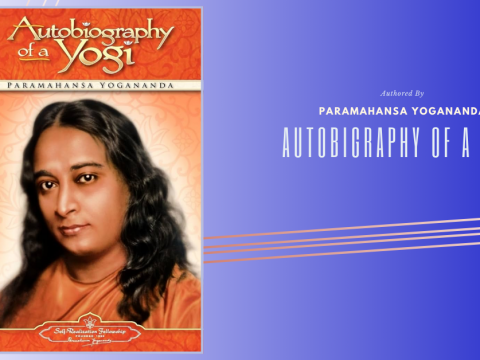- Have any questions?
- [email protected]
Journey of Self-Discovery: Exploring “Siddhartha” by Hermann Hesse

Fambo — Scaling Fresh Food Supply for HoReCa and Cloud Kitchens
November 4, 2025
Unveiling the Rise of Digital Creators: A Deep Dive into “Booming Digital Stars” by Harsh Pamnani and Manish Pandey
November 5, 2025“Siddhartha” by Hermann Hesse is a timeless classic that follows the spiritual journey of its titular character as he seeks enlightenment and self-discovery. In this comprehensive analysis, we will delve into the profound themes, philosophical insights, and transformative journey depicted in Hesse’s iconic novel, offering readers a deeper understanding of the human condition and the quest for meaning.
1. The Quest for Enlightenment:
Central to “Siddhartha” is the protagonist’s quest for enlightenment and self-realization. Hesse explores Siddhartha’s journey as he embarks on a path of spiritual exploration, seeking to transcend the mundane world and attain a higher state of consciousness.
2. Eastern Philosophy and Wisdom:
The book draws heavily from Eastern philosophy and wisdom, incorporating elements of Hinduism, Buddhism, and other spiritual traditions. Hesse explores concepts such as karma, reincarnation, and the interconnectedness of all living beings, inviting readers to contemplate the deeper mysteries of existence.
3. The Illusion of Materialism:
“Siddhartha” critiques the illusion of materialism and the pursuit of worldly success as sources of fulfillment. Hesse portrays Siddhartha’s disillusionment with the material world and his realization that true happiness lies not in external possessions, but in inner peace and spiritual awakening.
4. The Path of Self-Discovery:
Throughout the novel, Siddhartha encounters various mentors and experiences that shape his understanding of the world and himself. Hesse explores Siddhartha’s encounters with the ferryman Vasudeva, the courtesan Kamala, and the ascetic Samanas, each offering valuable lessons on the path to self-discovery.
5. Embracing Unity and Oneness:
“Siddhartha” emphasizes the importance of embracing unity and oneness with all living beings. Hesse highlights Siddhartha’s realization that the self is interconnected with the universe, and that true enlightenment comes from transcending the ego and embracing compassion and empathy for others.
6. The Eternal Cycle of Life and Death:
The novel explores the eternal cycle of life and death, portraying death not as an end, but as a natural part of the cosmic order. Hesse invites readers to contemplate the impermanence of existence and the interconnectedness of all living things, offering profound insights into the nature of reality.
“Siddhartha” by Hermann Hesse is a timeless masterpiece that continues to resonate with readers around the world. Through its exploration of spiritual themes, philosophical insights, and profound truths, the novel offers a powerful reminder of the importance of self-discovery, compassion, and inner peace in the journey of life.





